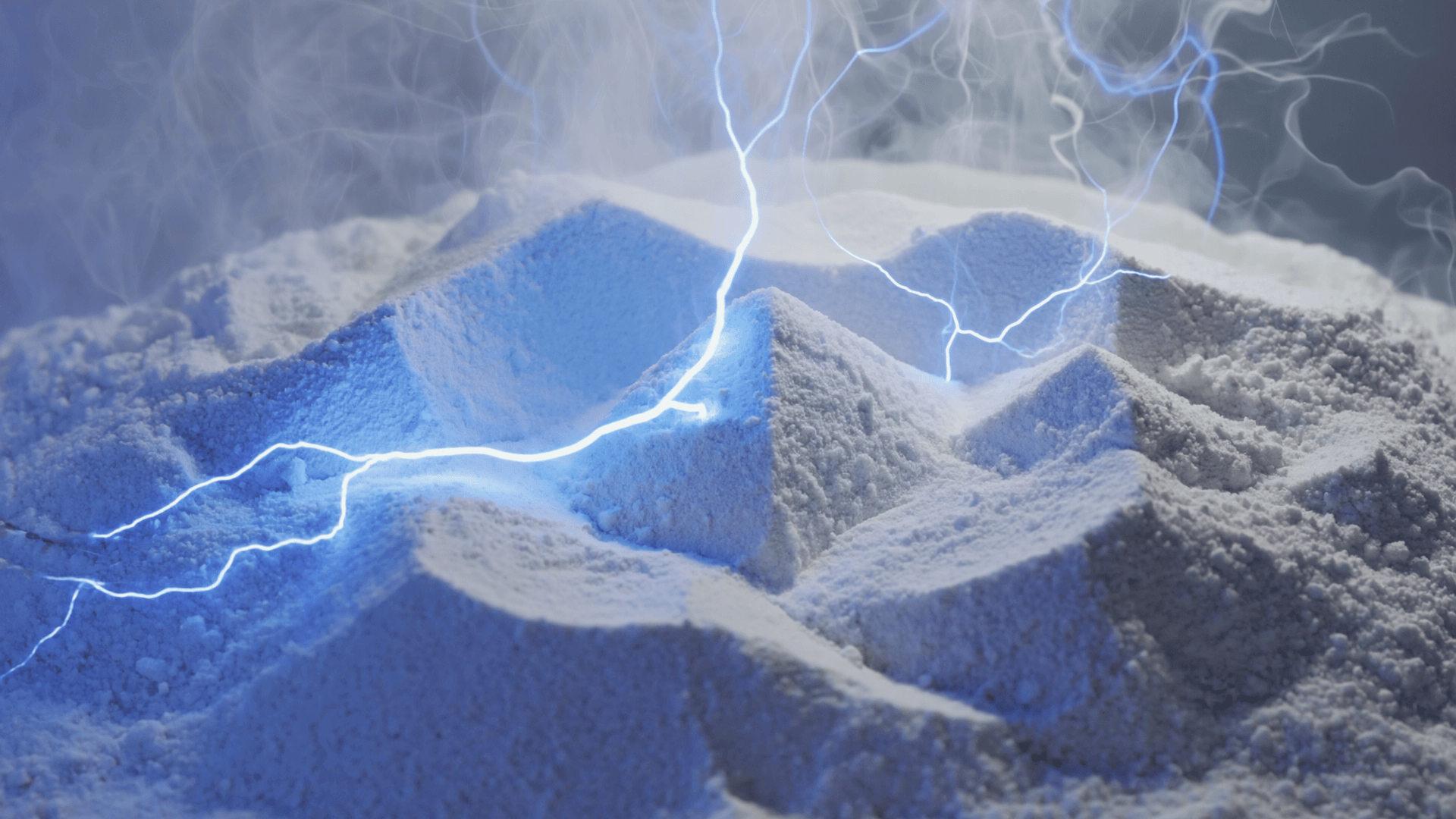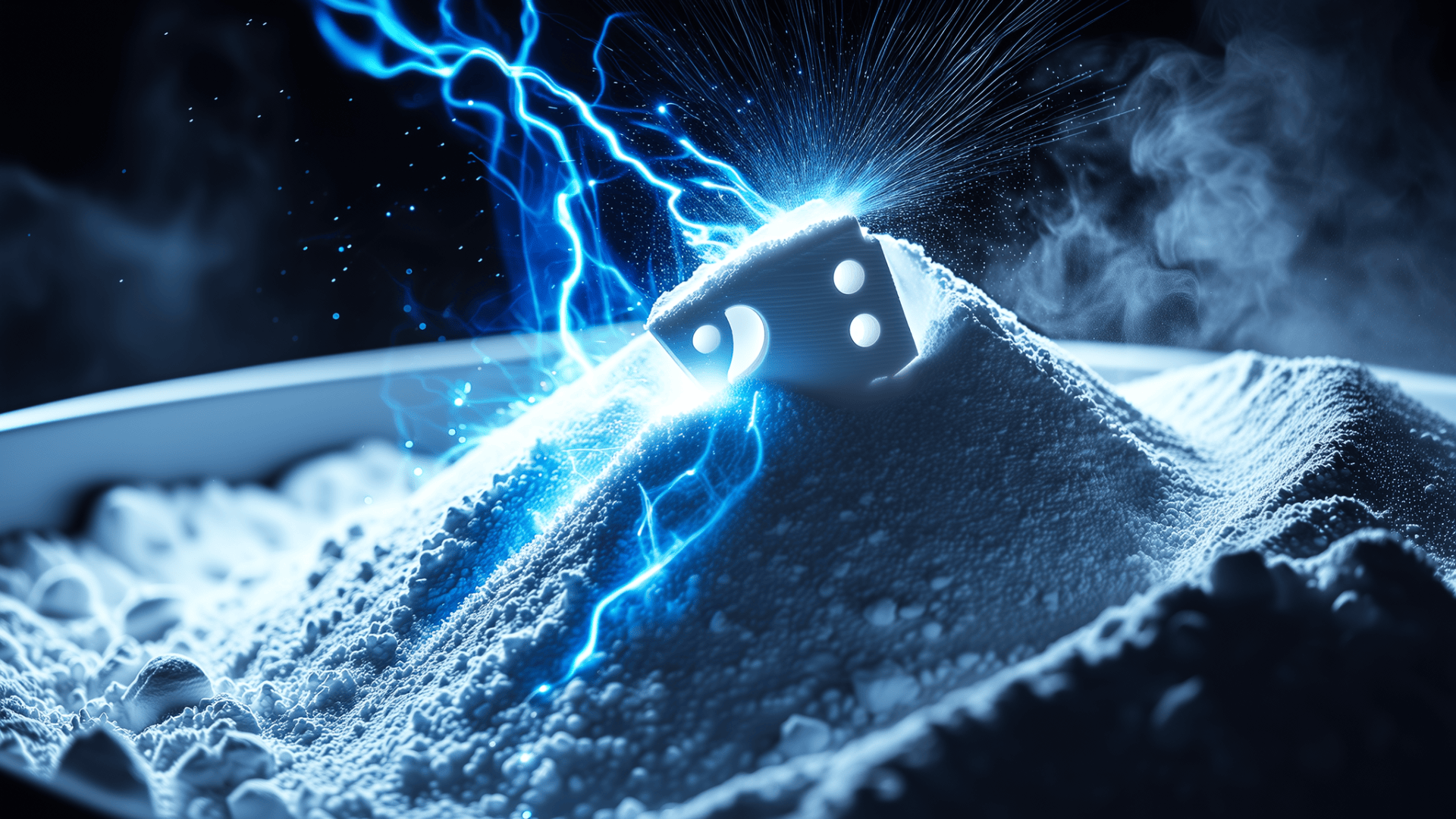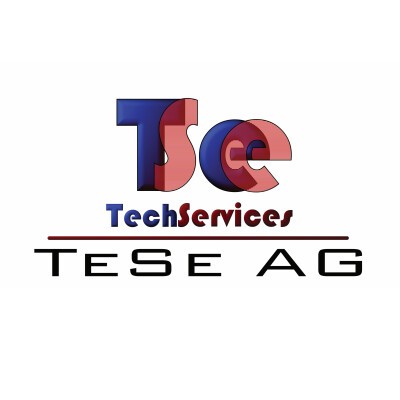Formation and elimination of electrostatic charge in 3D printing
To achieve good printing results, electrostatic charge must be eliminated in a targeted manner or, even better, prevented from forming in the first place.
During the printing process, electrostatic charges arise at various points:
- Moving parts rub against each other → triboelectric effect
- Plastic filaments are often insulating materials that do not dissipate the charge but store it.
- Powder bed processes (SLS, MJF): The fine plastic or metal powder becomes electrostatically charged during distribution.
The problem that arises is complex.
Particle attraction and resulting contamination
- Charged surfaces attract dust or powder, which can lead to contamination that is unacceptable, especially in sensitive or medical applications.
- Even non-conductive plastic parts in the printing chamber or components can become electrostatically charged and attract dust magnetically.
Defective components or process interruptions
- Electrostatic discharges (ESD) can cause malfunctions in electronics, especially in open or poorly shielded components.
- In the powder bed, a sudden discharge can even cause a small ignition or local damage.
Safety risk in potentially explosive areas
- Finely distributed plastic or metal powder can become a potential source of ignition due to electrostatic charging. There is a risk of a dust explosion.
Solutions and prevention
To prevent charges from occurring in the first place, the following points should be observed:
- Grounding and discharge
- Control room climate
- Avoid insulating materials
It is not always possible to take these points into account, and electrostatic charging can still occur.
Through targeted discharge at strategically important points using various SimcoION products, even in EX areas, you do not have to compromise on optimal printing results. We not only offer the products but also provide you with comprehensive support based on our knowledge and experience.



